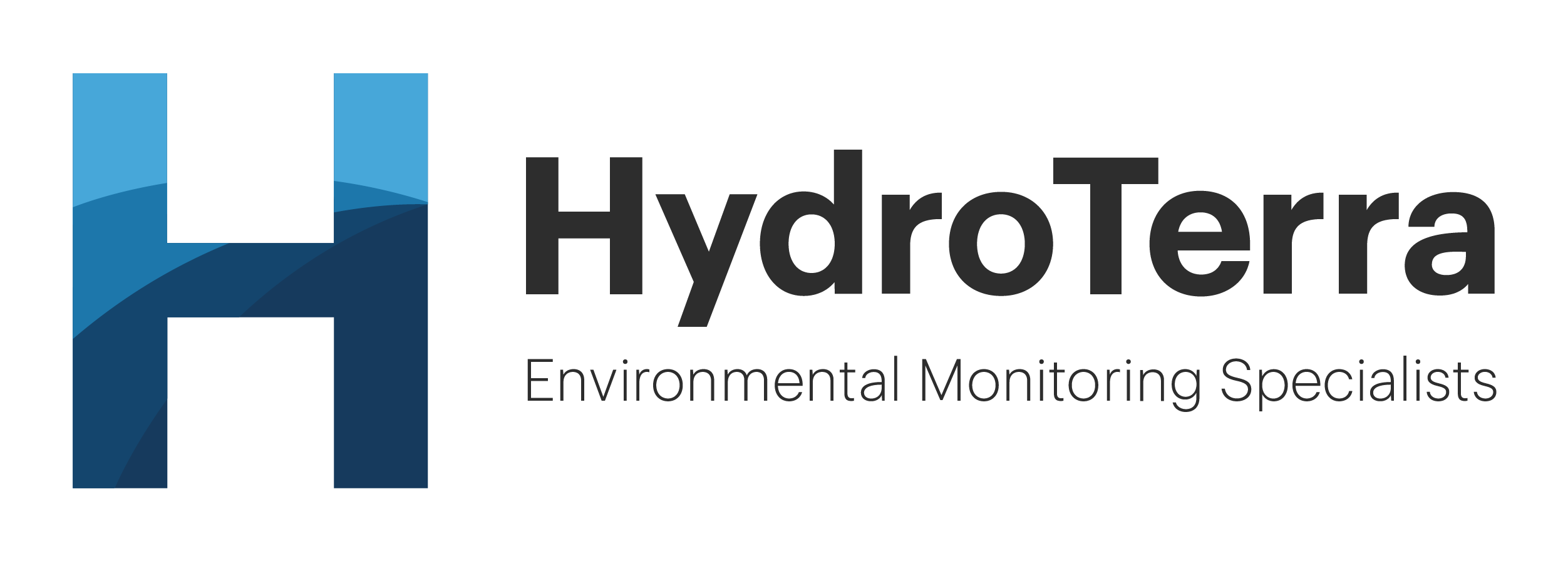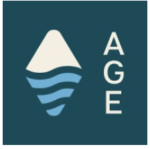Presented by Hamid R. Jahani, Senior Hydrogeologist, Department of Water
Artificial groundwater tracing is one of the best available methods to directly determine the inter-connectivity of water resources. However, a number of different factors, as well as environmental issues, should be considered in designing a groundwater tracing test. In spite of the demonstrated ability of the technique in gaining a direct understanding of the groundwater system, precautions should always be taken in order to avoid misleading results.
In this study, sodium and potassium salts and three fluorescent dyes are used in artificial groundwater tracings to improve understanding of some of the hydrodynamic properties of the carbonate and alluvial aquifers throughout Iran. The results of this investigation cover data from fieldwork studies – conducted mainly at infrastructure construction sites – as well as data from laboratory research studies. Application of various tracing experiments throughout different sites has determined groundwater flow direction, velocity, dispersion coefficient and inter-aquifer connectivity, as well as some formation characteristics such as karstification development. Better understanding of these properties all help in developing a conceptual model of the groundwater system.
Findings on the limitations in applying this method in certain hydrogeological conditions are also discussed as lessons learned. Additionally, the results of laboratory researches on the toxicity of the fluorescent tracers are presented. These need to be taken into consideration when designing a tracing test, particularly when the test is undertaken in the vicinity of a community or a sensitive ecosystem.
This study also presents highlights from a standard guideline developed through 18 months of teamwork, with contribution from experienced scholars in groundwater tracing and isotope hydrological studies. This guideline has been published by the Iranian Ministry of Energy to help in designing successful groundwater tracing tests.
About the speaker
Hamid obtained his BSc in Geology from Ferdowsi University, Mashhad, Iran in 1990 and his MSc in Hydrogeology from Shiraz University, Shiraz, Iran in 1994. Since then, Hamid worked as geologist, hydrogeologist, and head of Hydrogeology Section in Department of Rural development, Water Research Centre and Water Research Institute (Environmental and Water Resources Departments) respectively, providing consultancy to various clients.
In 2011 Hamid immigrated to Australia and is currently employed as a Senior Hydrogeologist within the Water Resource Assessment Section of the Department of Water.
Come join us
Hamid will be speaking at the Irish Club on Wednesday, 14 March. Fellowship will commence from 5pm and the technical presentation will commence at 5:45pm.

























